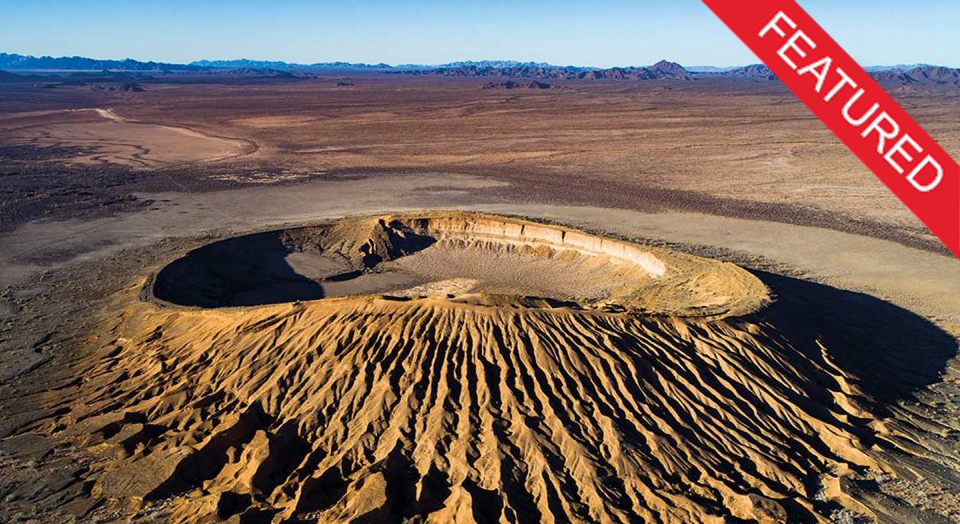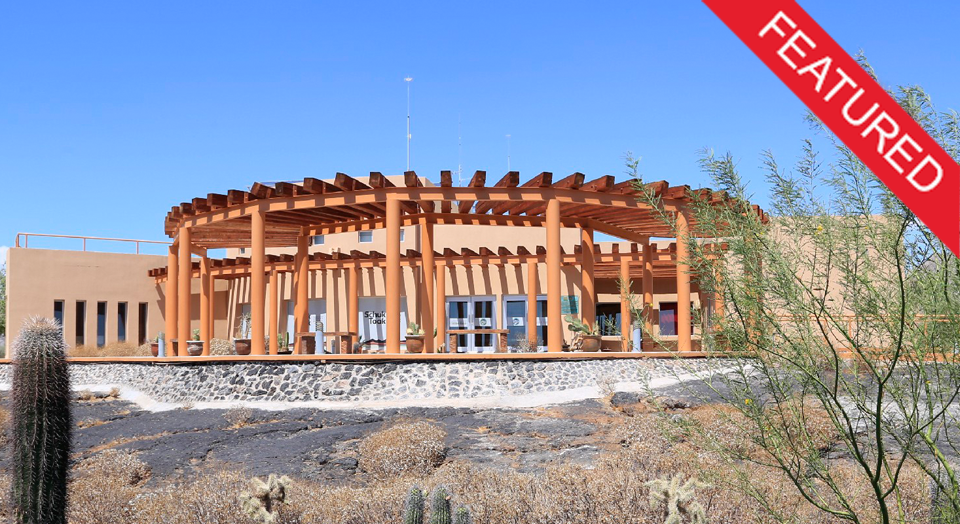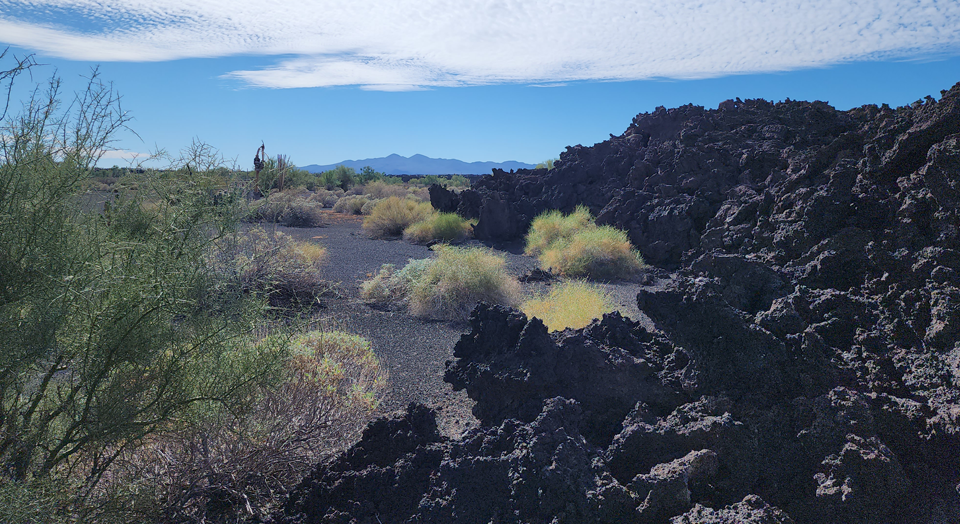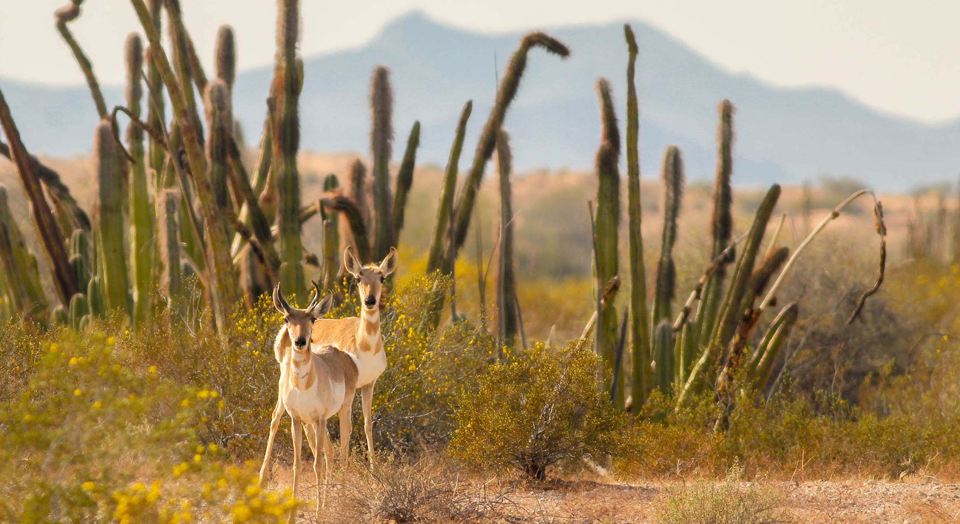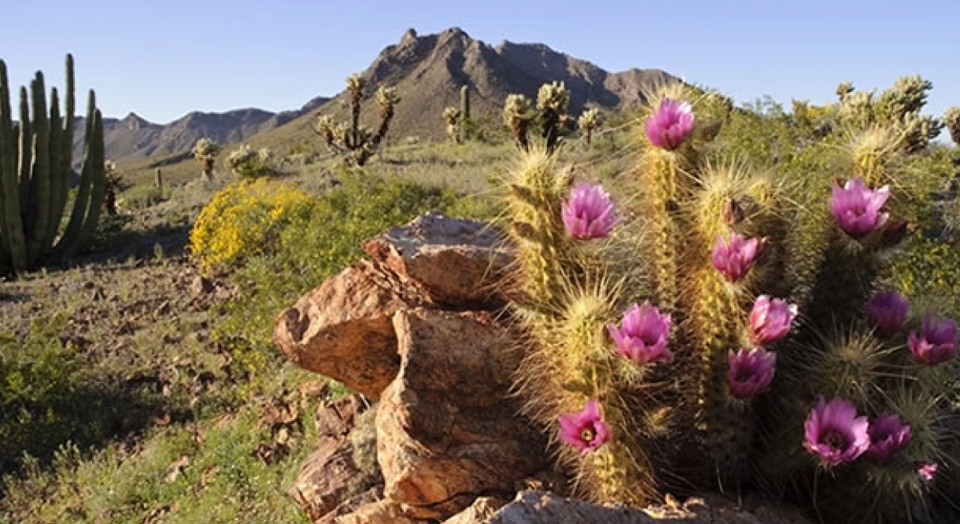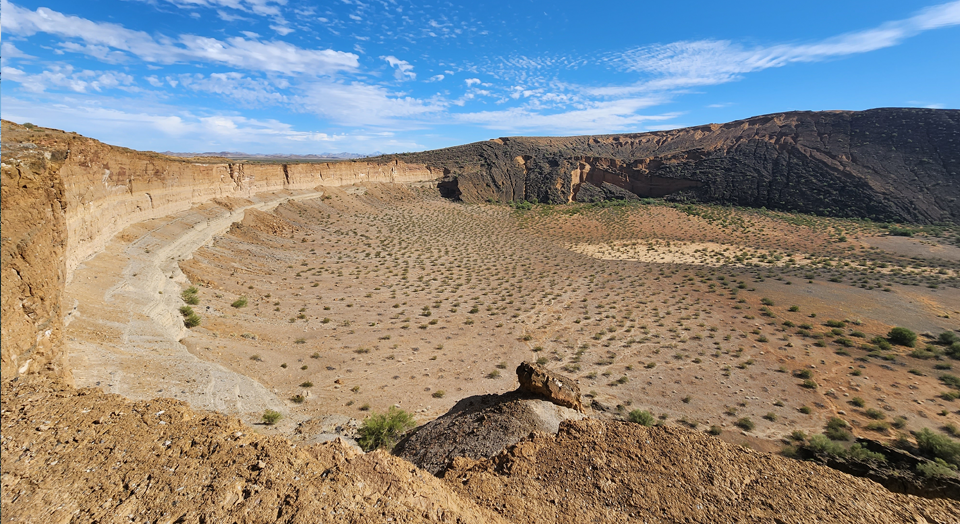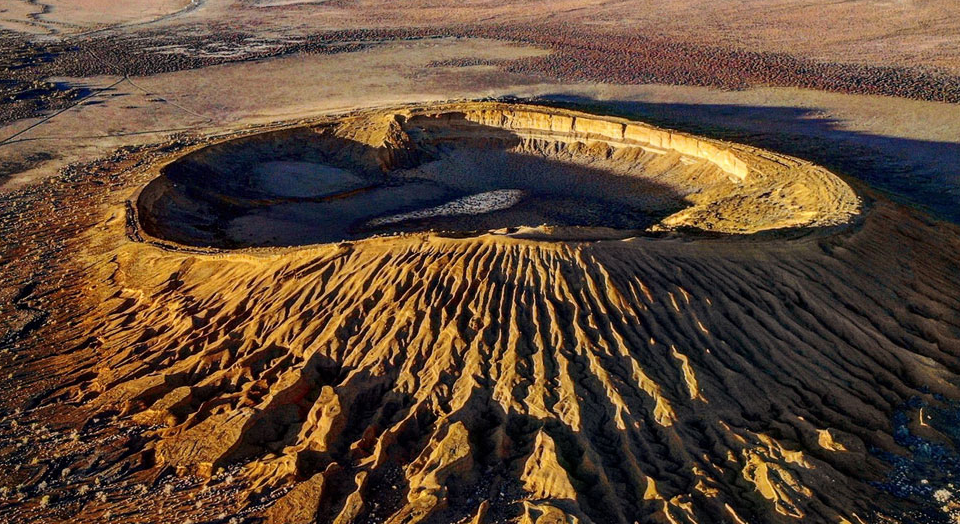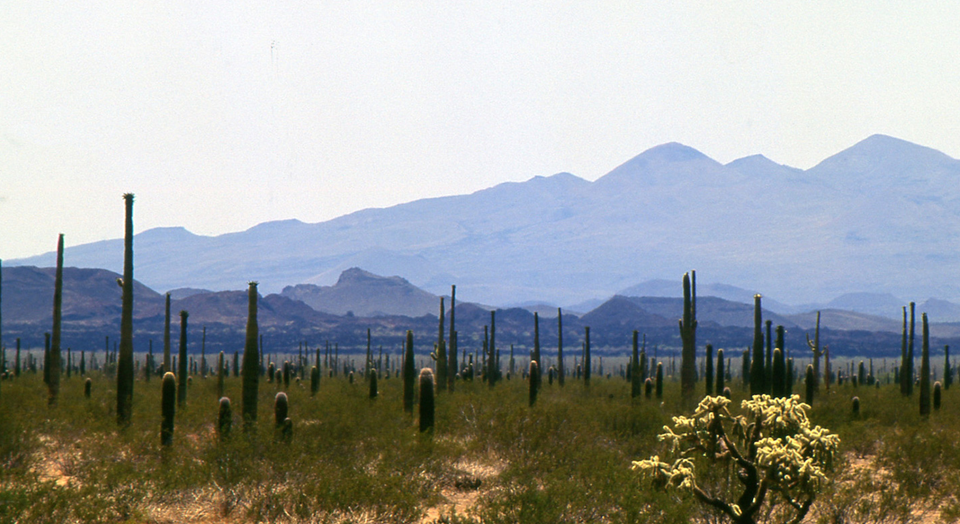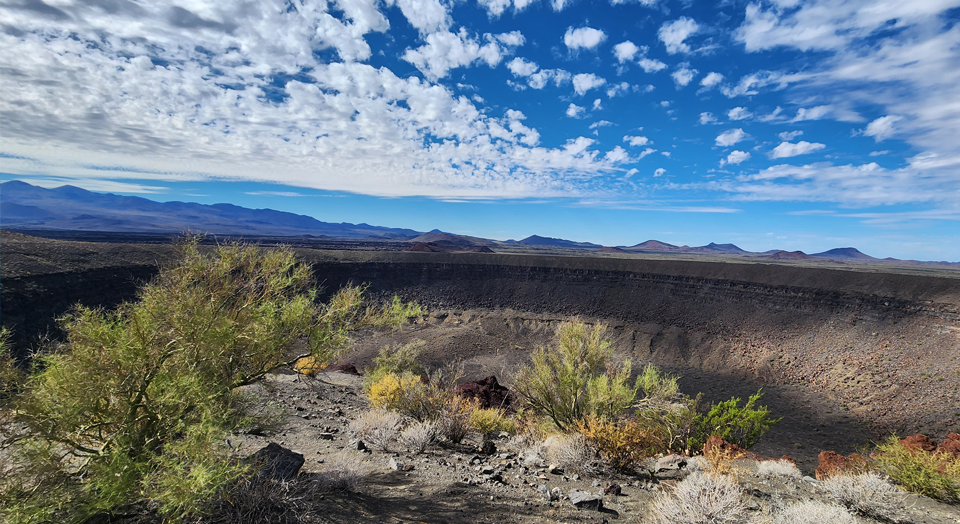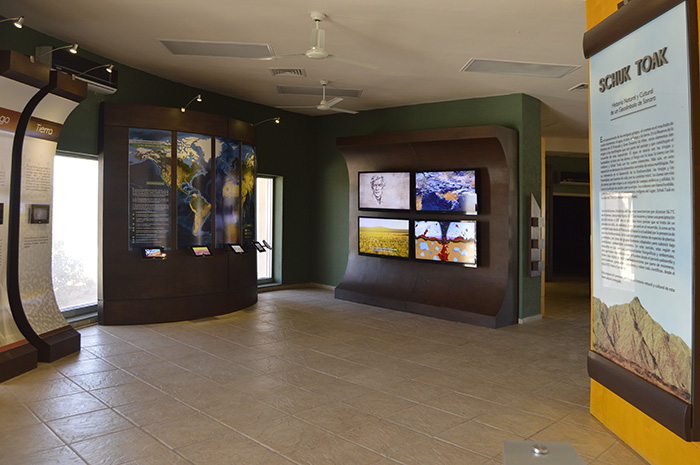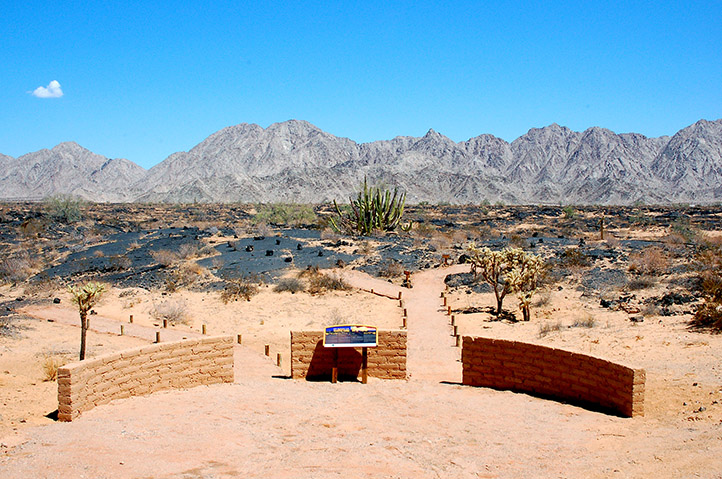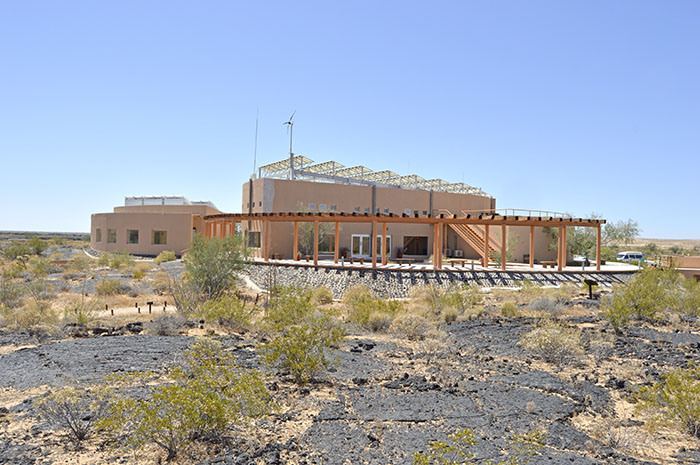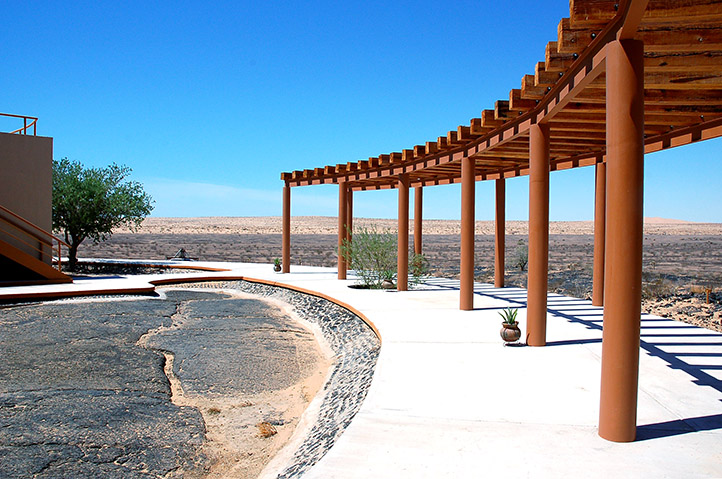Discovering the Pinacate Biosphere Reserve:
A Unique and Ecologically Important Site in Northwestern Mexico
The Pinacate Biosphere Reserve is a unique and ecologically important site located in northwestern Mexico. With an area of over 714,000 hectares, this reserve is recognized as a World Heritage Site by UNESCO and is home to a wide range of plant and animal species. Additionally, the reserve has unique geological formations that are of great interest to geologists. This article will take you on a journey to discover the Pinacate Biosphere Reserve, including the activities you can do, the conservation programs in place, and what makes this place a unique and beautiful area.
Exploring the Reserve
The Pinacate Biosphere Reserve offers visitors a range of activities to choose from, including hiking, camping, birdwatching, and guided tours. It is a vast area that includes unique geological formations, such as volcanic craters, lava fields, and the Gran Desierto de Altar, a massive sand dune field that stretches for miles.
Hiking: The reserve has several hiking trails of varying lengths and difficulties that provide visitors with the opportunity to explore its diverse terrain. The trails take visitors through sand dunes, volcanic craters, and lava fields, where they can experience the unique geological features of the reserve.
Camping: Camping is allowed in designated areas of the reserve, and it is an excellent way to experience the natural beauty of the desert. Visitors can camp under the stars and wake up to the sound of birds singing.
Birdwatching: The reserve is home to over 200 bird species, including the Gila woodpecker, cactus wren, and the Harris’s hawk. Visitors can watch birds in their natural habitat and learn about their behaviors and adaptations to the desert environment.
Guided tours: The reserve offers guided tours that provide visitors with an in-depth understanding of the reserve’s unique features. The tours include stops at several geological formations, such as the El Elegante crater and the Siamese Twin craters, as well as the Gran Desierto de Altar. At night, visitors can take a guided tour of the reserve to observe the stars through a telescope and learn about the constellations from a knowledgeable guide.
Preserving the Reserve
The Pinacate Biosphere Reserve is an important ecological and geological site that must be preserved for future generations to enjoy. The reserve has implemented several conservation programs to protect the unique plant and animal species that call it home.
Protection of endangered species: The reserve is home to several endangered species, including the Sonoran Pronghorn, Desert Bighorn Sheep, and Mexican Gray Wolf. The reserve has implemented programs to protect these species, such as habitat restoration, monitoring, and research.
Sustainable tourism: The reserve promotes sustainable tourism practices to minimize its impact on the environment. Visitors are encouraged to follow guidelines such as staying on designated trails, not disturbing wildlife, and packing out all trash.
Research and education: The reserve supports research and education programs that increase our understanding of the ecology and geology of the reserve. These programs provide valuable information that can be used to improve conservation efforts and promote awareness of the reserve’s importance.
Why is Pinacate Biosphere Reserve a Unique and Beautiful Area?
The Pinacate Biosphere Reserve is a unique and beautiful area for several reasons. Firstly, the reserve has a wide range of plant and animal species, including several that are found nowhere else in the world. These species have adapted to the harsh desert environment and provide an excellent example of how life can thrive in such conditions. Additionally, the reserve has unique geological formations, such as volcanic craters and lava fields, that are of great interest to geologists.
These geological formations provide a glimpse into the history of the earth and offer a unique opportunity for visitors to witness the power of natural forces. The reserve’s sand dunes are another unique feature that draws visitors from all over the world. These massive dunes stretch for miles and create an otherworldly landscape that is both beautiful and awe-inspiring.
In addition to its natural beauty, the Pinacate Biosphere Reserve is an important site for scientific research. The reserve’s unique geological formations and diverse ecology provide a wealth of information for scientists studying the earth’s history and the evolution of species. The reserve has also been used as a testing ground for space missions due to its remote location and similarity to the surface of other planets.
Conclusion
The Pinacate Biosphere Reserve is a unique and ecologically important site that offers visitors a chance to experience the natural beauty of the Sonoran Desert. With a range of activities to choose from, including hiking, camping, birdwatching, and guided tours, there is something for everyone to enjoy. By supporting conservation programs and practicing sustainable tourism, we can ensure that the Pinacate Biosphere Reserve remains a source of wonder and inspiration for generations to come. Whether you are a nature lover, adventurer, or scientist, the Pinacate Biosphere Reserve is a destination that should not be missed.

